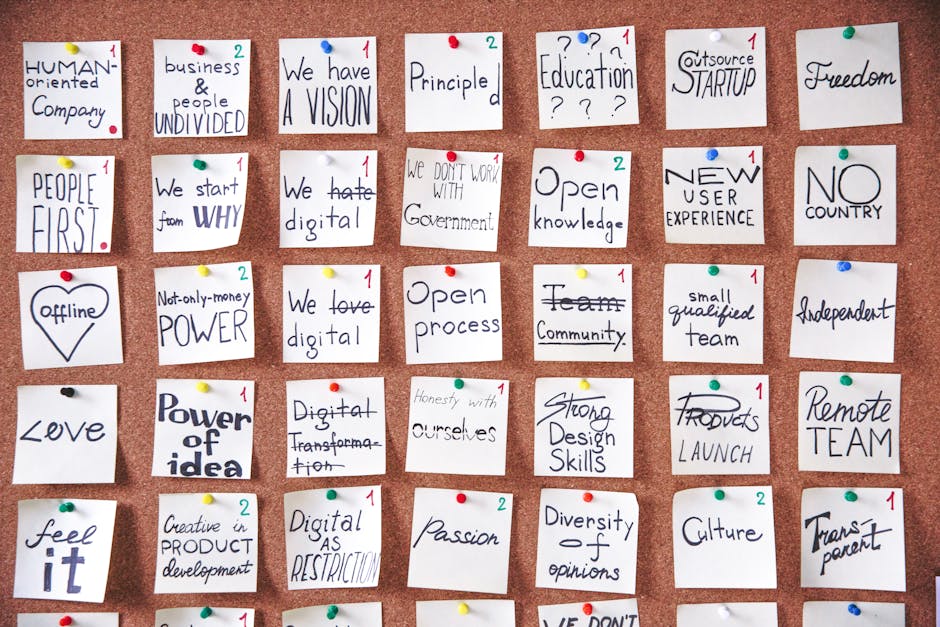Mastering Team Development: Understanding Tuckman’s Model
When you gather colleagues to discuss team development, the phrase “forming, storming, norming, and performing” often surfaces. But where does this framework for understanding group dynamics originate, and why is it so crucial for team functionality?
The Origin of Tuckman’s Model
Bruce Tuckman, an American psychologist, introduced this model in 1965, with a follow-up stage added in 1977. His research, which also touched on procrastination, identified five stages of group development: forming, storming, norming, performing, and adjourning.
Stage 1: Forming
The initial team meeting is filled with first impressions and polite interactions. Leaders should use this phase to establish team culture, discuss roles, and set clear expectations. Successful groundwork at this stage minimizes future issues.
Stage 2: Storming
Differences in personality and work styles often lead to conflicts. While disagreements may arise, they are beneficial for team growth. Leaders must address issues proactively to prevent project derailment.
Stage 3: Norming
Trust and relationships begin to solidify. Colleagues engage more openly, and team activities feel genuine. As new members join, teams may cycle back through the storming and norming stages.
Stage 4: Performing
The team operates efficiently, with members understanding each other’s strengths and weaknesses. Conflict resolution is swift, and the focus remains on achieving goals. This stage signifies a high-functioning team.
Stage 5: Adjourning
As projects conclude, teams disband. Leaders should help manage the transition, as members may feel uncertain about the future.
Strategies for Leaders
Effective leadership is vital for team success. Here are some strategies:
1. Mission Critical
Ensure your team understands its purpose and goals. A clear mission guides the team through conflicts and challenges.
2. Embrace Conflict
Encourage respectful and constructive conflict to foster creativity and innovation. Training in soft skills can enhance this process.
3. Manage the Culture
Establish and maintain a positive team culture. Reward desired behaviors and address issues promptly.
4. Self-Managed Teams
Encourage autonomy by facilitating rather than dictating. This enhances satisfaction and productivity, particularly in remote and freelance environments.
Leveraging Technology
Tools like Traqq offer free, user-friendly time tracking, essential for maintaining productivity in diverse teams. Its features support both freelancers and large teams, ensuring accountability and efficiency.
By understanding and applying Tuckman’s model, leaders can significantly enhance their team’s performance and project outcomes.




